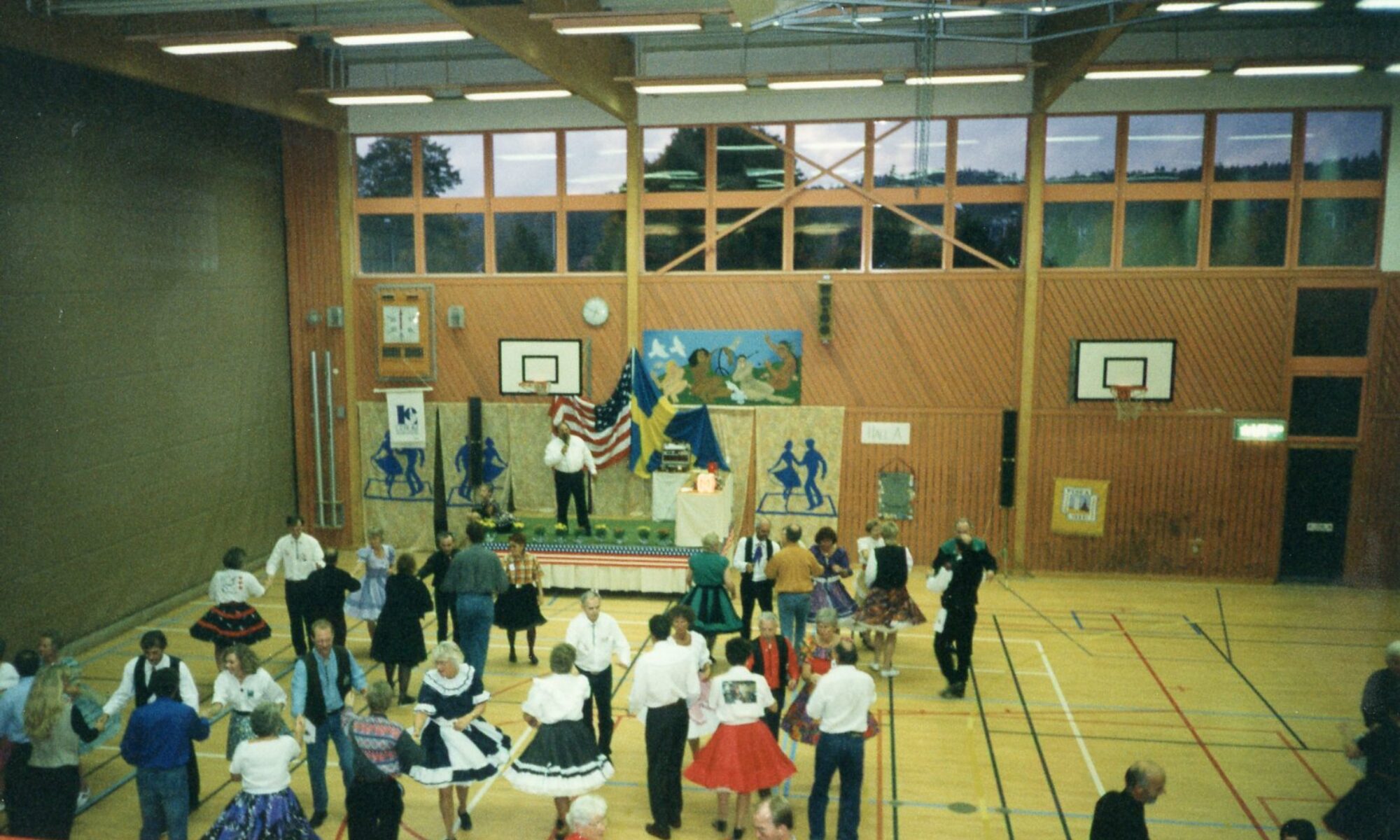Just how business economics and innovation assists you to look for your own Tinderella.
Just how did you two fulfill?
Not so long ago, behavioral economics and development both swiped appropriate. They connected. Now there is internet dating software. These mobile matching areas have actually revolutionized just how singles satisfy. Tinder alone leads to roughly 26 million suits between users everyday [1].
For credentials, Alvin Roth and Lloyd Shapley claimed the 2012 Nobel award in Economics for work in matching opportunities, which uncovered that “systems designed to elicit people’s genuine needs produced much better suits, between hospitals and medical doctors, like.” Applied to internet dating, these intermediary systems power fb visibility facts and algorithm-based economic assessment, permitting considerable predictive energy all over more anxiety-inducing obstacle in real-world online more tips here dating: determining mutual interest.
Per Roth and Shapley, the very best matching areas were “thick,” benefitting from various members, thus enhancing the chances that you’ll satisfy someone who furthermore enjoys Carly Rae Jepsen and longer Island Iced Teas. Along with geo-tracking technology on the smartphones, the chances of a link considering distance in addition comes up [1].
By obviating this nerve-wracking action of getting your self around, leveraging innovation around smart phones and social networking, and taking advantage of network results, dating programs bring attained huge traction since her advent in 2012.
Competing from inside the chronilogical age of AI online program
Just Online Future periods
But will we compatible longer-term? And just why manage apps procedure?
Well, you could potentially meet with the people! Or even maybe not. But in any event. From a sociological viewpoint, dating software will affect class in a huge ways. During the long-term, they were able to somewhat promote styles toward “assortative mating” (in other words. biased collection of couples centered on comparable earnings and techniques). Researches posit that the development makes up about 18% of earnings inequality development between 1960 and 2005 in the US [1]. Currently though, 5per cent of Us americans who’re partnered or perhaps in a committed connection found internet based [2], along with a lot more than 500 dating software available on iTunes, this proportion is actually projected growing gradually in coming decades.
Playing industry? Meet Hinge.
“With a, progressively busy and cellular readers […] the market try big. Relationships applications are required to record $628.8 million [in 2015], up from $572 million in 2014 [4].”
Dating software Hinge grabbed mention of the chance. Their business structure mirrored regarding their better-known rival, Tinder: sign up, share resources, determine needs, swipe right, swipe remaining, complement, catfish, swipe kept, swipe right, match, day [6]. But Hinge’s business design is based on connections entirely through provided Facebook friends, an essential differentiator that can help mitigate the creepiness element of internet based introductions.
“It’s challenging.” Challenges for Hinge, and the business more generally. And some possibilities.
The Dating Apocalypse. People started initially to swipe kept on the whole field, as “81per cent of Hinge users never ever receive a long-term commitment on any swiping app”; “only one in 500 swipes on Hinge become cell phone numbers exchanged”; and “4 of 5 Hinge customers can’t remember the very first identity of their finally right swipe [5].”
Over-saturation regarding the markets. Sadly, as hypothesized by Roth and Shapley, “congestion” of industries brings customers being overloaded by selections, and therefore, to take out on their own through the system altogether.
Application designers reacted with expertise. For instance, Bumble, an application where woman must start conversation, targets feminist users, while JDate concentrates Jewish singles – mazel [1]!
Hinge responded featuring its most recent working pivot, which required customers to respond to “endearing” questions generate a “story” as opposed to a profile. Info sharing improved, as well as their complimentary industry became even fuller. Per providers quotes, customers have become 4x as likely to initiate talks, and associations tend to be 9x almost certainly going to result in a romantic date.
Running & technique. “Money can’t purchase myself like” – appropriate? The majority of dating application functioning brands derive from some kind powerful cost. Hinge posits that a membership product should let “weed down creeps and flakes [5].” Controversial as it may end up being, matchmaking applications prefer individuals who are able to-be upsold to a paid subscription. Irrespective, maintaining a free user base might establish ingredient toward thickness of the complimentary market.
What otherwise?
A self-defeating proposal. Traders will stay cautious, due to the fact an effective connection indicates two fewer people on your own two-sided program. Promotional teams is wise to promote success reports – all of us have a friend who found their better half on an app – to help with wider brand consciousness, and mitigate any ongoing forbidden associated with virtual connections.
Cheerfully actually after?
Have actually romance and meeting IRL grown aside? Perhaps not. All at once though, internet dating programs are getting to be more and more specialized by type of individual, considerably taboo by community sense, more contemporary in their algorithms, and good at their own posting of data. This means that, these are typically enhancing networking results, and perfecting coordinating markets. For singles available to you, seems like a solid wing.
